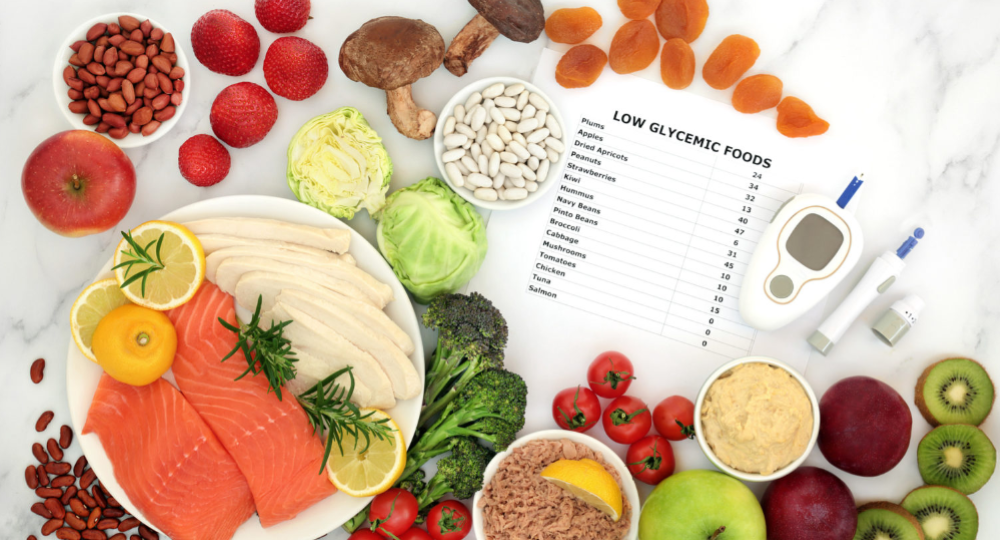Glycemic Index (GI) Speed Test for Quick And Accurate GI Determination in Food Products

KEY INFORMATION
Personal Care - Nutrition & Health Supplements
TECHNOLOGY OVERVIEW
This technology is a rapid method to determine the Glycaemic Index (GI) in food product. The GI is a way of measuring how fast carbohydrate is absorbed into body and how that affects blood glucose levels. The technology is an in-vitro methodology / workflow that combines sample processing, enzymatic digestion and endpoint data analysis based in a laboratory.
The Health Promotion Board in Singapore (HPB) has been actively engaging the public with its “Healthier Choice Symbol” (HCS) programme to encourage adoption of healthier diet options. For some category such as cereals and convenience meals, the GI logo is integrated with HCS. We envisioned more integration will take place to better serve consumers and health care providers in diet management.
Currently, most food labels lack GI ratings, which limits information to consumers. The current “gold standard” of measuring GI involves measurement of blood glucose in human volunteers and this in vivo method suffers from variability issues in its GI measurements, along with significant lead time and cost of this method.
The technology offered provides a solution for faster, cost-effective, and versatile GI screening of food, encouraging food manufacturing industry to adopt GI measurements as part of their product development and labelling GI on packaging, thus benefiting the public.
The technology is available for IP licensing and R&D collaboration with industrial partners who are keen to adopt the solution.
TECHNOLOGY FEATURES & SPECIFICATIONS
A laboratory-based integrated workflow for GI measurement that combines sample processing, in vitro enzymatic digestion and endpoint data analysis. The focus of this technology on in vitro digestion of food samples for GI measurement mimics the food digestion process along the gastrointestinal tract and adapts it into an in vitro, laboratory-based setting.
The acceptable accuracy of the glucometer is measured at a coefficient of variation (CV) of below 5% and based on in vivo measurements and glucose standards.
This technology aligns with the current trend of lowering GI in the food and beverage industry. It provides a rapid alternative to in vivo methods for GI screening and classification of food products, assisting food manufacturers in optimising product formulations towards lower GI status.
POTENTIAL APPLICATIONS
This technology can be deployed in the food and beverage manufacturing industry.
This technology will apply to, but not limited to the following types of products:
- Food and beverage ingredients and products formulated for consumption by diabetics
- General consumer food and beverage products aimed towards obtaining low GI ‘Healthier Choice’ symbol
Market Trends & Opportunities
Diabetes is a chronic condition that affects more than 400 million adults globally, and this number is expected to increase to above 640 million, which equates to one in ten adults, by 2040. The global prevalence of diabetes among adults over 18 years of age rose from 4.7% in 1980 to 8.5% in 2014. It was estimated to be the seventh leading cause of death in 2016, where 1.6 million deaths were attributed to the condition. In Singapore, over 400,000 Singaporeans live with the disease. The lifetime risk of developing diabetes is one in three among Singaporeans, and the number of those with diabetes is projected to surpass one million by 2050.
Since April 2016, the Ministry of Health in Singapore (MOH) has begun combating diabetes and diet management is a step in this initiative. The glycaemic index (GI) is an indicator that ranks food based on the rate of release and absorption of carbohydrates during digestion. Low GI food is perceived as healthier options than high GI food as carbohydrate release from food and absorption by the body are slower. The Health Promotion Board in Singapore (HPB) has been actively engaging the public with its “Healthier Choice Symbol” (HCS) programme to encourage healthier diet options. This method will acelerate GI testing and encourage more food manufacturers to label GI on its food packaging.
Unique Value Proposition
Our technology offers a rapid alternative to in vivo methods for screening and GI classification of food products. Although it does not replace the “gold standard” of in vivo methods, our in vitro approach may be used as a fast-screening tool. Other benefits of our in vitro technology include, but not limited to:
- Faster test results (1-day in vitro vs 1 month in vivo)
- Cheaper testing costs (no human subjects needed, lower ethical level clearance involved)
- Reliable and accurate data
The technology is available for IP licensing and R&D collaboration with industrial partners who are keen to adopt the solution.
